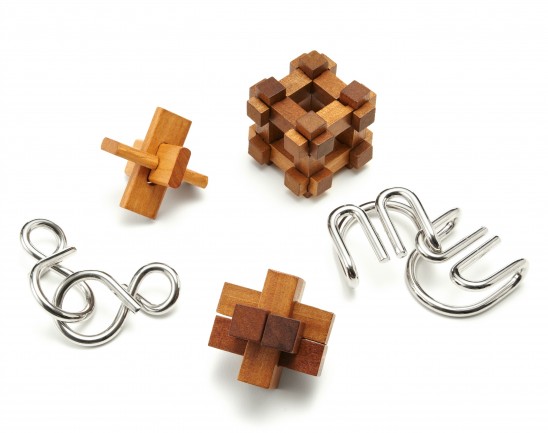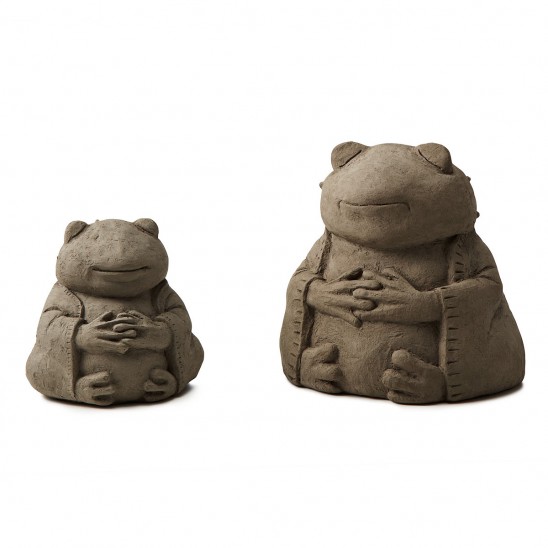If you want to know about genius, might as well consult a bona fide genius like Alexander D. Wissner-Gross, Ph.D. His recent research asserts that, mystical as it may sound, the highest form of intelligence is the ability to predict the future—or at least possible futures. That is, intelligence acts to maximize future freedom of action. For those of us who aren’t card-carrying Mensa members, that means that it’s really smart to keep your options open—as many as possible, for as long as possible. By studying both biological intelligence (animal behavior) and artificial intelligence (computers), Wissner-Gross has found that the ability to predict and pursue probable futures (think chess master strategy) is beneficial to a being’s success in navigating the challenges posed by its environment.
To test these theories, Wissner-Gross developed an A.I. called Entropica, “sapient software” which learns to negotiate its environment without even being told what to do. But before you panic over an impending robot takeover, note that Wissner-Gross also posits that the accumulation of intelligence follows the process of taking control of an environment, not vice versa. In other words, Matrix-like dystopias notwithstanding, computers won’t become über-intelligent and then plot to take over the world. No, they’re becoming über-intelligent as they take over the world, helping their human architects thrive in the process. So take comfort in Wissner-Gross’ prediction—it’s the smart thing to do.








